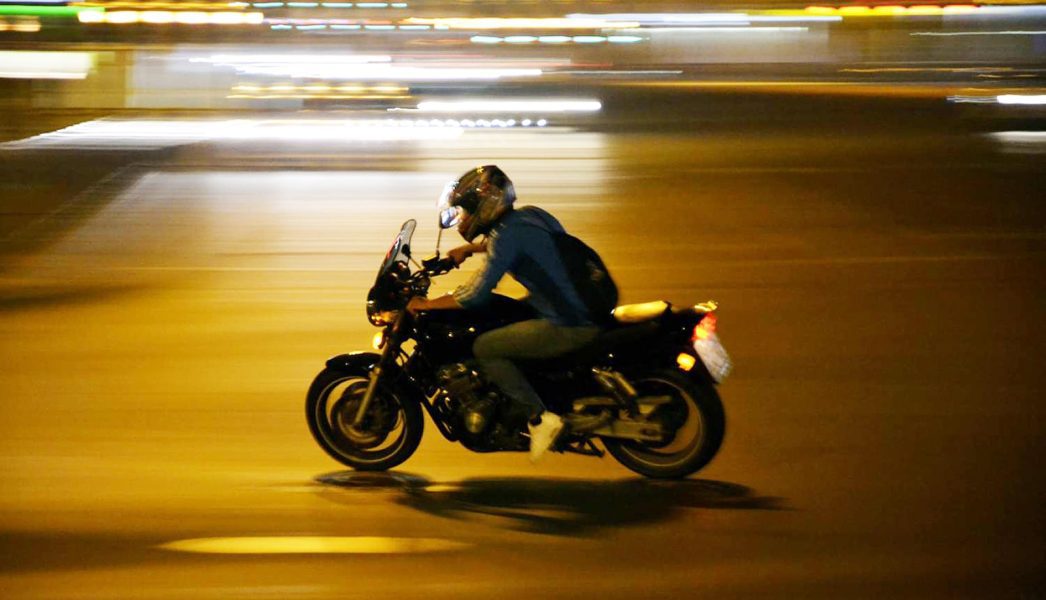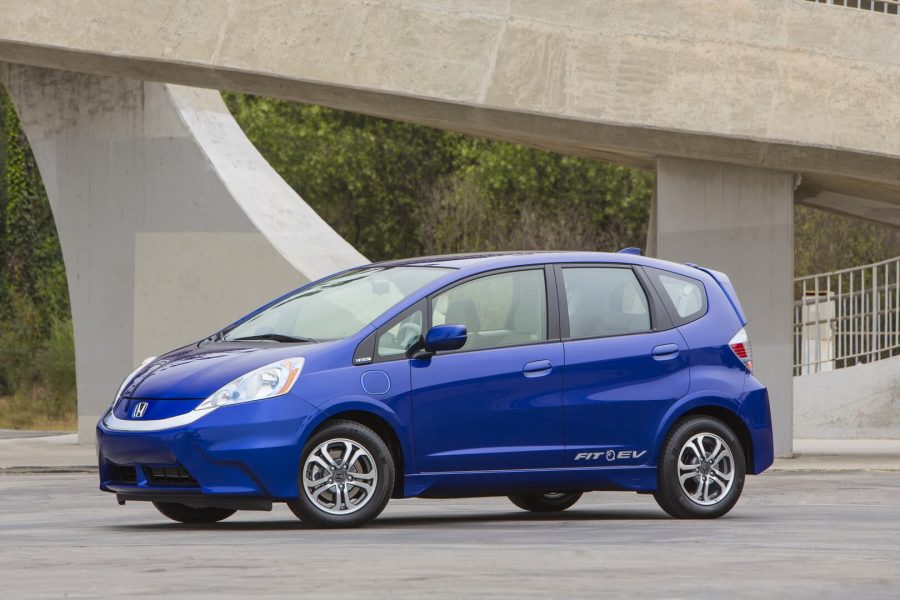
The role of the gaze in driving a motorcycle
Content
The bike goes where you look, it's a physical rule
Defensive driving or third eye vaccination: anything to train the brain ...
Just like a basketball player does not look at his push-ups when marking a basket, the vehicle usually goes where you are looking.
This is a general rule that certainly suffers from some limits (especially adhesion). And if everyone used it, there would be much fewer accidents.
We have 5 senses, but when driving on the road, more than 90% of the information comes from the eyes, and the gaze must constantly cover two horizons: immediate and distant. This is why, after mastering the basic techniques, working on your appearance allows you to be safer on the road and faster on the track.
On the road: adopt defensive driving
The principle of defensive driving is to scan whatever is on your horizon as a parameter that needs to be integrated into the safe driving context. For this, the attitude towards the body is essential and you have to take things from above: for example, an old motorist (but he can also be a young man) who sticks to the steering wheel and whose eyes are on the tip of his hood, well, you can be sure one thing is that he cannot engage in defensive driving. To do this, you have to stand upright, look far, anticipate.
Since everything goes through the brain, defensive driving is about giving it as much information as possible. The exercise, for example, might be to talk to yourself about what you will encounter: “bike zigzags on a bike path, will it suddenly change direction / on a perpendicular avenue, the truck will arrive fast enough, will it have time to brake for stops? / the car behind me is not following the safety distance, do I need to crush if the fire turns orange? / the brake lights of a car parked in this small street have just gone out, the driver is on the phone, should we expect her to carpate me (from the verb carpationize, the third group, which means; cut very thin planks with a dry and decisive gesture) by opening her door, and should / well, this big curve is regular and you can enter it hard from the front; however, it closes in a dark area, will I have the joyous surprise of losing grip in full support that makes me wonder about my own taste for burlesque and Monty Python? "
We could endlessly multiply examples, but at some point it would get tedious: the main thing is not only to look at what is happening and what will happen, but also analyze, interpret and prepare for it... Thus, according to the statement of one of the examples in the paragraph above, a good practitioner will eventually be able to prepare to apply the brakes, which will save him response time in the event of an emergency brake; response time is often critical in its ability to stop on time ... or not. Thus, you are not suffering from the behavior of others, but you are acting like others. It seems obvious, but just look at the movement around you, and you will find, alas, that we are far from this ideal.
It's even better on the track with three eyes!
If this third-eye theory sounds smoky or a bit cabalistic, don't run away and read on: imagine that your motorcycle ownership means that the basics of driving (trajectory) and handling of your car are already part of automatism. Basically, you already have enough senses and experience so that you no longer have to play too much to know how to position yourself on a bike, manage props, mass transfers, change gears, etc.
At this level and in the educational approach, your goal is twofold: to go fast; and go fast for a long time and regularly. You will notice how the best drivers, Jorge Lorenzo in the main line, are real metronomes, able to line up a series of fifteen circles of almost perfect regularity and in the range of 3 tenths of a second per loop: this is because they do not react, but in anticipation. For Jorge and others, driving is like reading the score of a symphony: at every step he has decisions to make, gestures, and each one has to be at the right pace, up to the millisecond. If he succeeds, it is because his brain is perfectly synchronized with his work. Let's not forget that Marcel Druinken, Team Leader of 2013 World Superbike Champion Tom Sykes, estimates that rider success is 25% based on technical skill and 75% on mind.
On the track, you have to worry about four things: brake point, corner entry point, rope point, curve exit point. That's all.
Turn after turn, this is the same litany: brake point, entry point, rope point, exit point. Same questions; the same answers that you have: what is your comfort zone, one where everything happens as in a perfectly balanced account, at a pace in which you are fluid and regular, and not in a snatch? Then you have to speed up the tempo, and not on the verse or chorus, but on the whole staff. You will only do this in practice, training your brain to anticipate and not react in panic mode.
To do this, you have to work on your gaze: deep in the stretch, you are already looking at the exact point where you will brake, but without blocking it, since your gaze will also correct the trigger point of the pivot (yes, the magic of the human body: you have the ability to scan horizon with your own eyes!). By the millisecond, when you hit the brakes, you have two missions: to enter the curve, but you are already ready for it and plunge into the rope stitch, a moment that will mean the end of the transition period on the gas network, finally send the big ones. Therefore, your eyes will prepare for these two goals. And once you provoke the courageous and decided to counter the helm, you are finally in line and one day you will have to get out of it, ideally with a minimal amount of time. A good curve exit is essential as it determines your speed in the next section. Therefore, you must prepare for this as soon as you enter, even if sometimes the irony and grandeur of the circuit designers, this conclusion is not too visible. This is where your third eye, located in the corner of the skull, comes in: it is not very serious if you cannot see it physically, because in fact you can see it in your mind. So when it finally appears, you are ready, your brain has been expecting it, your gesture is smooth, your trajectory is clear, your exit from the curve is flush with the external vibrator, the bike is on the switch, and your traction control is on alert. Finally a well-deserved moment of relaxation? Not at all, because we already have to think about the next braking and turning points. By the way, you can already see them ... A real pilot feels the present and visualizes the future.
Applying these rules will allow you to drive faster, safer, and less. Because, as we said at the beginning: the bike goes exactly where you look ...
